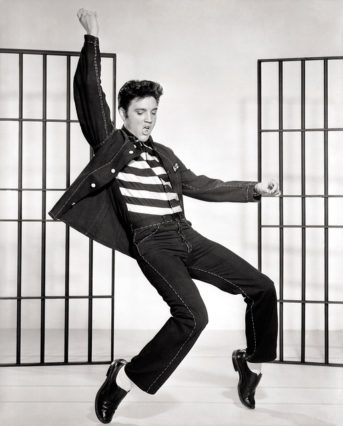This article with authored by Henry DeLozier for Golf Course Industry magazine.
On March 4, 2015, a single-engine, World War II-era training plane crashed onto the Penmar Golf Course in Venice, California, shortly after takeoff from a nearby airport. The pilot, who sustained only minor injuries, was none other than Indiana Jones, aka Harrison Ford.
Coverage of the plane’s crash and its famous pilot was extensive in local Southern California markets and across entertainment and mainstream media. A New York Times story the next day quoted spokespeople for the Los Angeles Police Department, the LA Fire Department and the Federal Aviation Administration – but not from the Penmar Golf Course. Public relations professionals would call that an opportunity squandered.
What if Indiana Jones landed on your golf course … or your data system was breached and hundreds of members’ credit card numbers were exposed or, heaven forbid, an employee died after being infected with COVID-19? Are you ready to deal with major media opportunities and crises professionally and in a way that, depending on the event, either enhances or protects the club’s and the course’s reputation and brand?
We like to say that you can’t predict a crisis, but you can – and definitely should – plan for one. The same goes for an opportunity to shine your brand. Here are four important steps to do both:
1. Designate a spokesperson.
Everyone on staff – especially at the management level – should know who has the authority to speak to media regarding these types of events. Usually there is only one person with this authority. Consolidating official comments and responses through one spokesperson – ideally someone with media training – keeps messaging consistent, reduces the likelihood of inaccurate information being disseminated and clarifies sources for media. Everyone at the course and around the club should know to direct all media inquiries to the appointed spokesperson.
2. Establish communications protocols.
The media react and report on their schedule, not yours. That means that you should have an established protocol that identifies and prioritizes what must be done, when it should be done and by whom. Having anticipated the media’s needs – including their first and most logical questions and the steps you’re taking to respond – puts you in control of the situation and keeps you from playing defense as the story unfolds. Other protocols include:
– Knowing which emergency responders should be notified. (Keep their contact information handy and updated.)
– Knowing who will notify the course owner, club president and board members.
– Knowing who will notify staff and what they will be told. (All employees must be notified of dangerous on-the-job conditions.)
3. Prepare for the unexpected.
Plan your work and work your plan. Knowing that unforeseen events always seem obvious in retrospect, develop an after-action perspective to anticipate circumstances that could arise:
– Request that your insurance provider conduct a risk assessment of the course, clubhouse and all club amenities. Conduct what-if evaluations with experienced professionals whose advice can be incorporated into your plans.
– Request a site review and evaluation from police and firefighters to anticipate problems that can be prevented or lessened.
– Assign key managers at your facility regular check-up actions to mitigate risks identified by the experts.
4. Inform and educate staff.
Knowing what to do is critical. That’s why the military calls it training. Assume direct responsibility for training your team; do not delegate this important duty. When you thoroughly educate team members, they’ll understand that this is a mission-critical topic.
– Conduct department training meetings. Put the collective knowledge and intelligence of your team to work by asking line-level staff to identify any threats or risks.
– Rehearse the unexpected. Stage situational training during off-season or slow periods to help your team focus on preparedness.
What are the odds of Harrison Ford dropping unannounced onto your golf course? Or of a cyberattack or COVID-19 victim at your club? Not good, right? But is that a bet you want to take?







